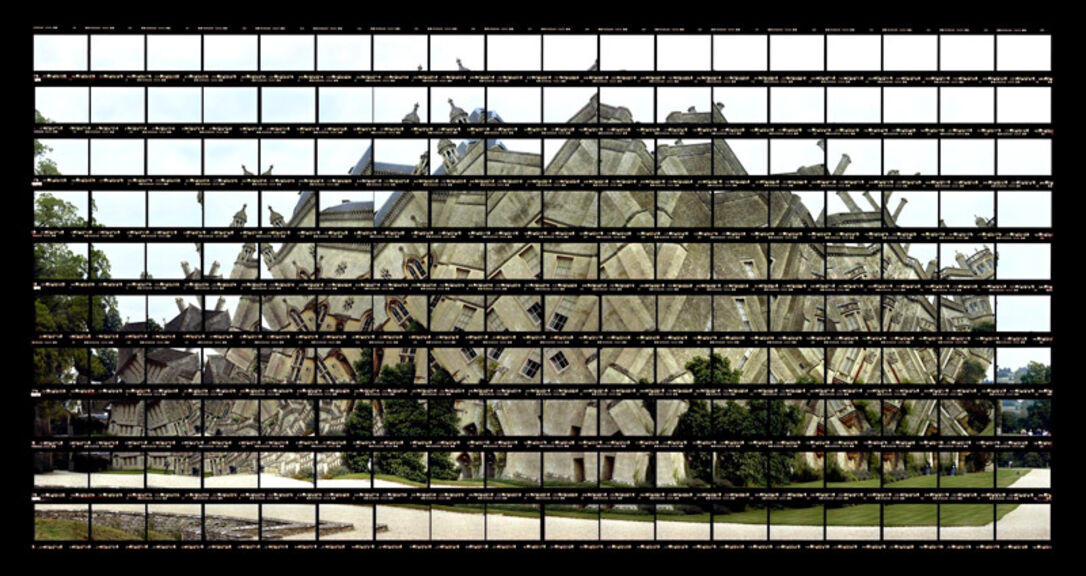England, Lacock Abbey, birthplace of photography (Henry Fox Talbott)
Lacock Abbey, which was an abbey for Augustinian nuns, was founded in 1229 by Ela Countess of Salisbury. It was built by the architect Sanderson Miller. In 1539 it was rebuilt into a family home. Parts were added over the centuries like the tower in the renaissance style or various grand rooms in Gothic revival Style. Lacock Abbey is often associated with William Henry Fox Talbot, who made the earliest known surviving example of a photographic negative in 1835. In 1840 he discovered the negative/positive photographic process, upon which modern photography is based. Today Lacock Abbey houses a museum about Talbot's work in photography.









